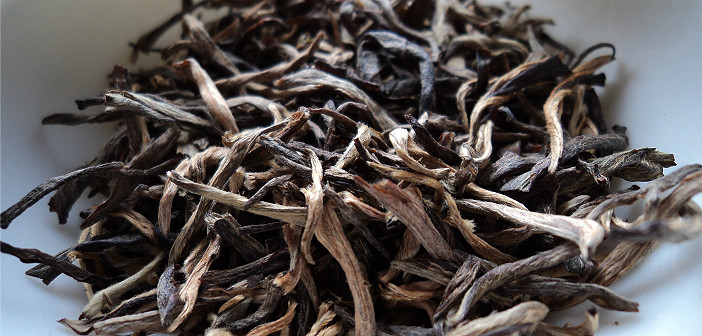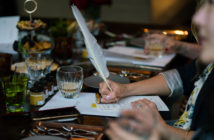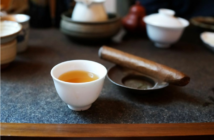Yellow tea is a category that is shrouded in mystery. Records show it has been in existence since the Song Dynasty but there is some debate in the tea world over whether or not it is actually a green tea. It is found mainly in the Hunan, Sichuan and Anhui Provinces of China. The tea leaves are slowly fired and allowed to oxidize in a very controlled way. It’s a time consuming process that requires a great deal of skill.
There are several different varieties and leaf styles of yellow tea. Some are very green with just a single bud. Others are made up of downy needles. The taste shares similarities with both green and white teas but is very unique at the same time. There is a grassy sweetness but with a softer and rounder finish.
Although it’s traditionally produced in China, other growing regions like India are beginning to experiment with their own renditions. Brewing a yellow tea will often be similar to the methods used for green tea. It’s not quite as delicate but you’ll still want to keep a close eye on water temperatures and steep time.
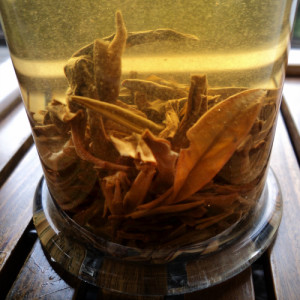 Brewing Style: Eastern
Brewing Style: Eastern
For traditional eastern style brewing, you’ll generally want your water temperature to be around 160°F. Glass tube style steepers or glass teapots are excellent to use because they allow you to admire the leaves. Steep times will usually be no longer than 2 minutes. If you prefer to use a gaiwan, yellow tea will still work well as it isn’t very prone to bitterness. Depending on your preferences, you can bump the water temperature up a bit to 175°F with 30 second infusions. Grandpa style (brewing in a tall glass and allowing the leaves to stay in the water, refilling as you go) would also be a fun way to experiment.
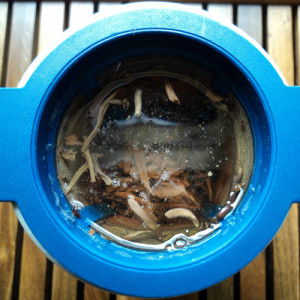 Brewing Style: Western
Brewing Style: Western
Yellow tea really shines when prepared in the traditional way but it can be prepared using a more western influenced method as well. Infuser baskets are great tools because you can use them with both teacups and teapots. Tea balls or tea eggs are not recommended because they constrict the leaves, preventing all the flavor from being extracted. Temperatures can range from 160 to 175°F and steep times will be approximately 3 to 5 minutes. Use your tea vendor’s recommendations as a starting point and adjust to taste from there.
note that this post was originally published in 2014

